L3 Coupling second order effects
1/11
There's no tags or description
Looks like no tags are added yet.
Name | Mastery | Learn | Test | Matching | Spaced |
|---|
No study sessions yet.
12 Terms
What is roofing
If two multiplets get too close to each other they start to become skewed and appear as though they are starting to form one multiplet. The 1:1 ratio of intensities in a doublet may not be seen as such. The degree of roofing is affected by the frequency of the spectrometer.
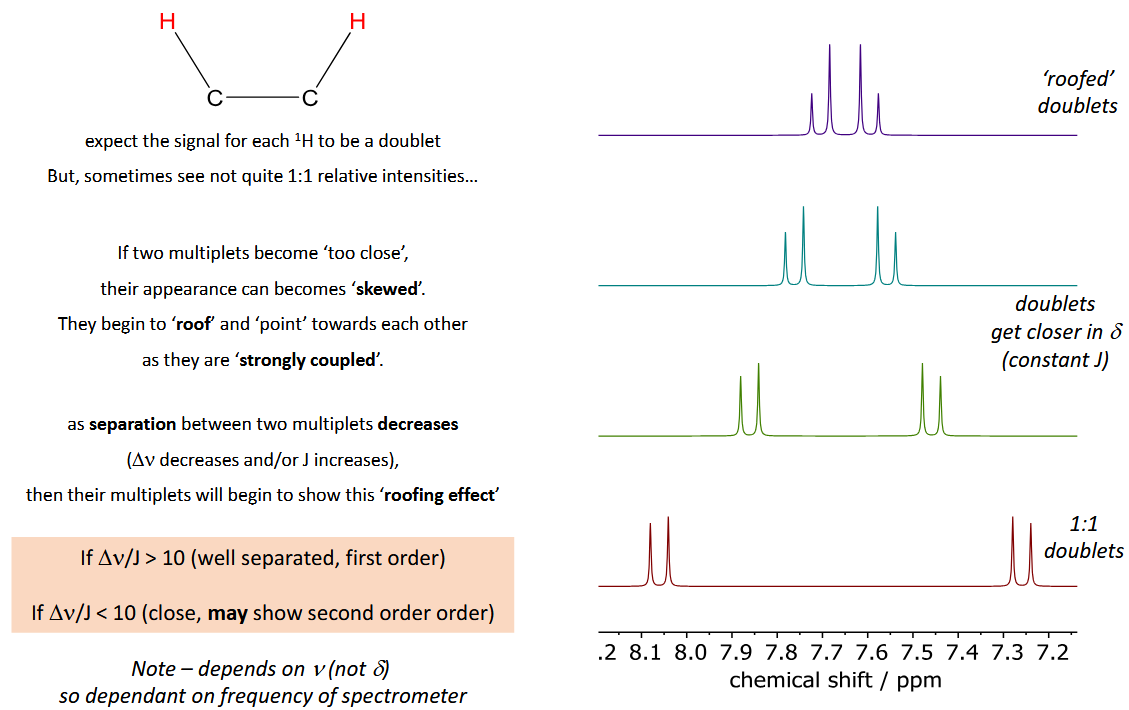
Do you need to predict second order effects
No
Second order effects do not always appear even if they theoretically could.
What is magnetic inequivalence and how can it impact the spectrum
A nucleus can couple to chemically equivalent nuclei in different ways. HA both see the HB atoms in different ways (4J vs 3J) so couple to both separately, producing a doublet of doublets.
The spectrum appears as a messy doublet of doublets with 2 small additional peaks either side.
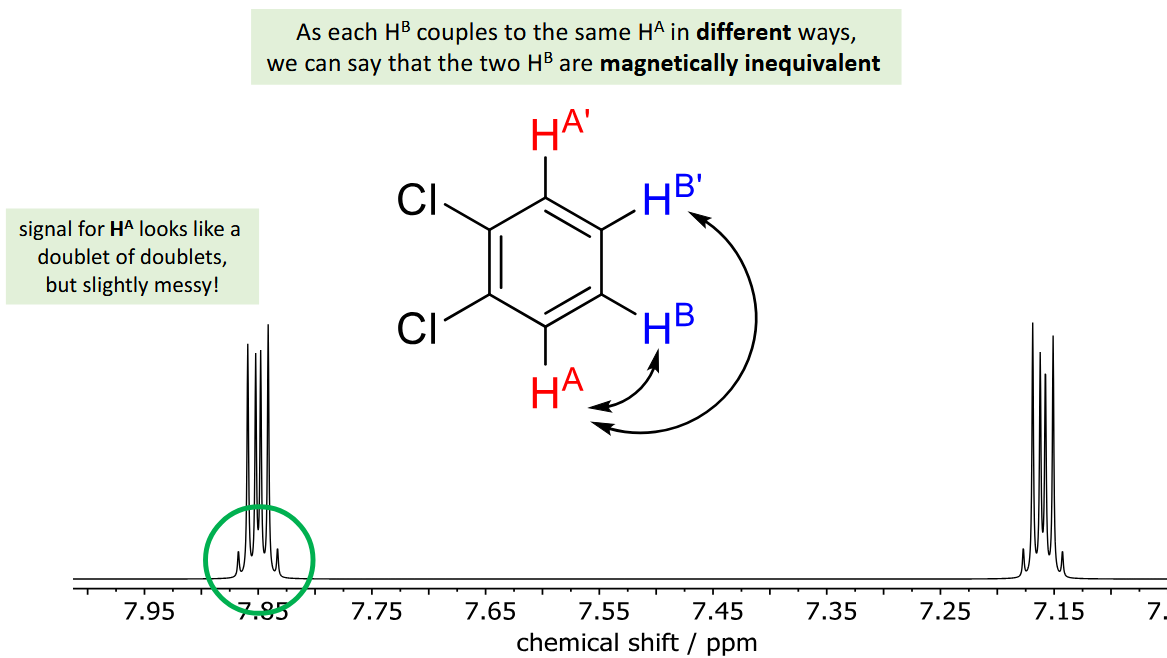
How do we differentiate magnetically inequivalent nuclei
HA and HA’
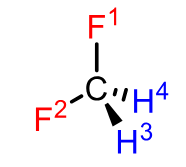
Are these magnetically equivalent
Yes. Coupling to each individual F happens in exactly the same way
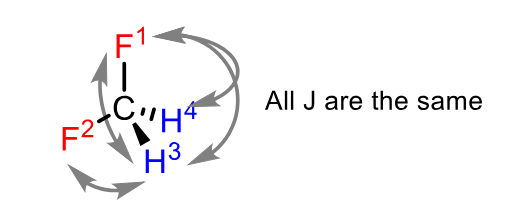
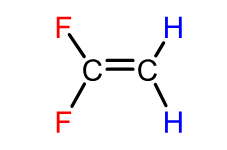
Are these magnetically equivalent
No. Coupling to the same fluorine is cis for one H and trans for the other
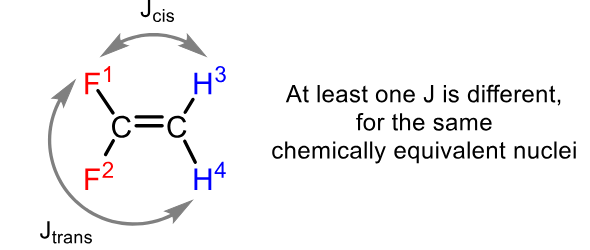
Do magnetically inequivalent nuclei appear at the same chemical shift
Yes
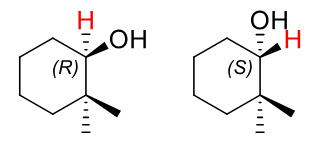
How do enantiomers affect the chemical shift of H
They don’t - both H are equivalent and have the same chemical shift

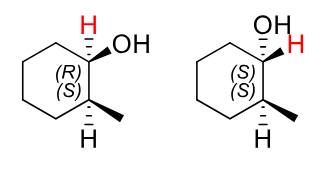
What about diastereomers
They appear at different chemical shifts as they are cis to different groups.
Hence diastereomers can be distinguished using NMR (not enantiomers though)

What are diastereotopic H
If you replace one of the H with X, the molecule becomes a diastereomer.
They are chemically inequivalent and appear at different chemical shifts.

Can diasterotopic H couple to each other
Yes, they are not chemically equivalent.